How Netflix, origami, and Romanian tattoos shaped a deceptively clever puzzler.
A simple mechanic that creates some deceptively hard, but rewarding, puzzles.
“It was interesting one-off interactions, but it didn’t really have any scope beyond that.”
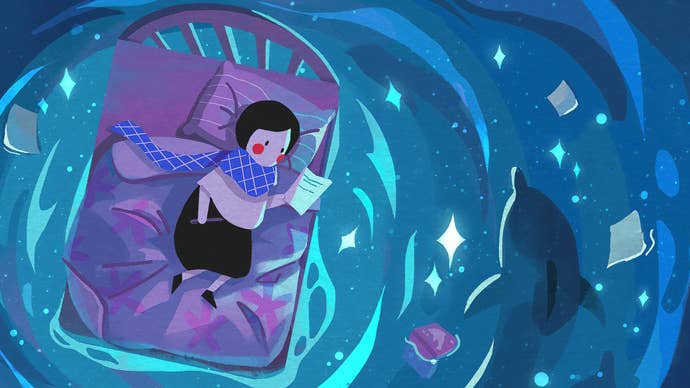
Everything started to come together when the team tried a top-down perspective.
So you create these Escheresque moments where you might create walkable and unwalkable paths."
Another big change was actually the game’s size.

Like, what would happen if some of the levels were L-shaped, instead of square?
“We didn’t want to stop until we had kind of maximised the mechanics potential, essentially.”
Curious about how working with Netflix came about, I asked Henry if Netflix approached Newfangled Games initially.
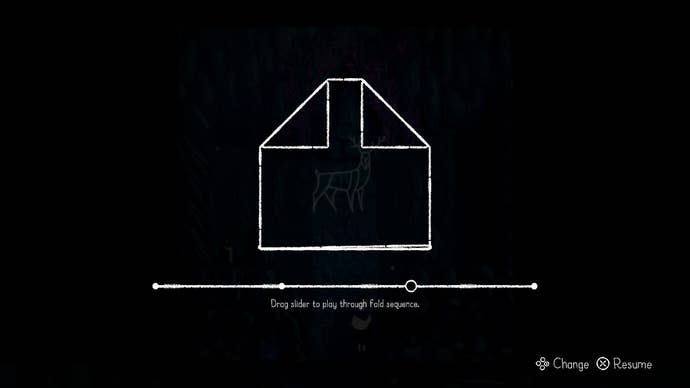
“I wouldn’t say that they approached us,” Henry laughs.
That support came financially, yes, but Netflix also played a part in shaping how Paper Trail plays.
I asked Henry if physical origami-inspired solutions like this carried on into the level development of Paper Trail.
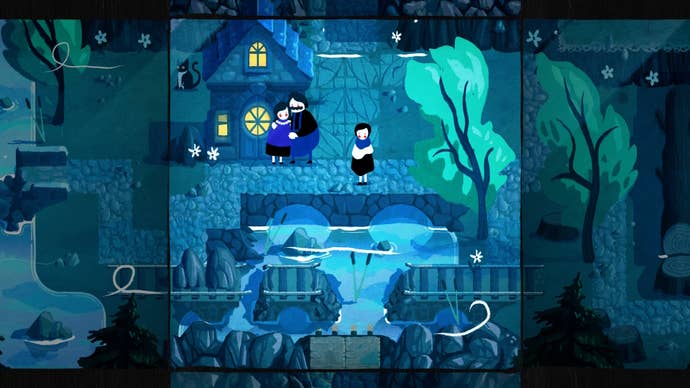
Did he continue to design the puzzles on paper first?
That was a big help.
Basically, we wouldn’t have been able to do nearly as much puzzle design without that."
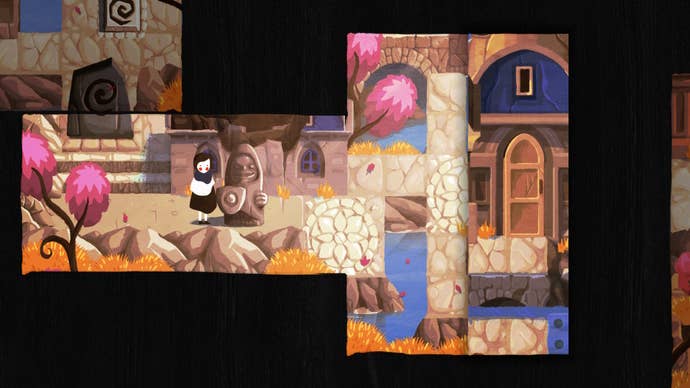
I think I probably underestimated how much work self publishing is.
“There’s a reason publishers exist, I guess,” he laughs.
“That was the biggest problem I had with a lot of the sound design,” he says.
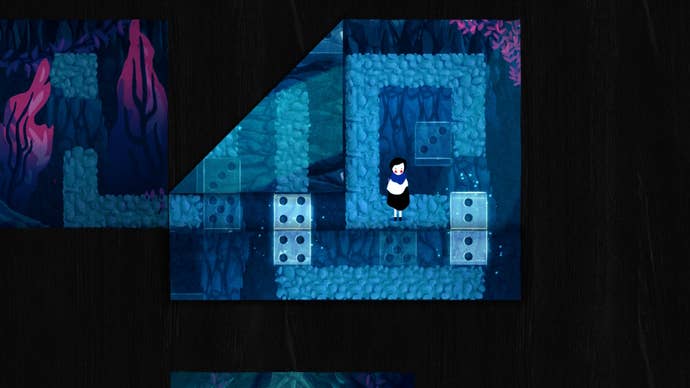
So we provided the option to mute the characters if you wanted to."
Simlish controversies aside, I ask Henry what’s next for Newfangled Games.
Is there potential for Paper Trail DLC, or has work fully shifted to the next game now?
Do we focus fully on the next project?
Do we divide the team and continue doing DLC?
So that’s kind of what we’re exploring at the moment."
Paper Trail is proof enough that its developers can make magic with just one simple idea.